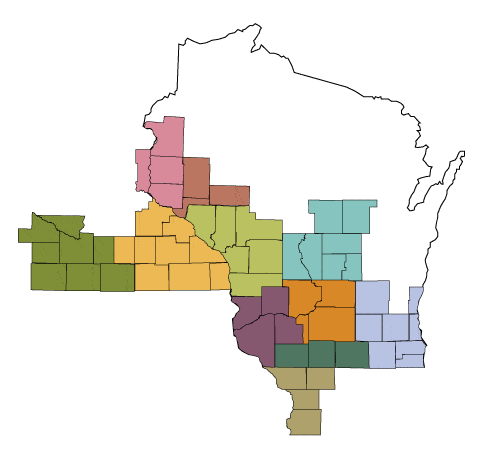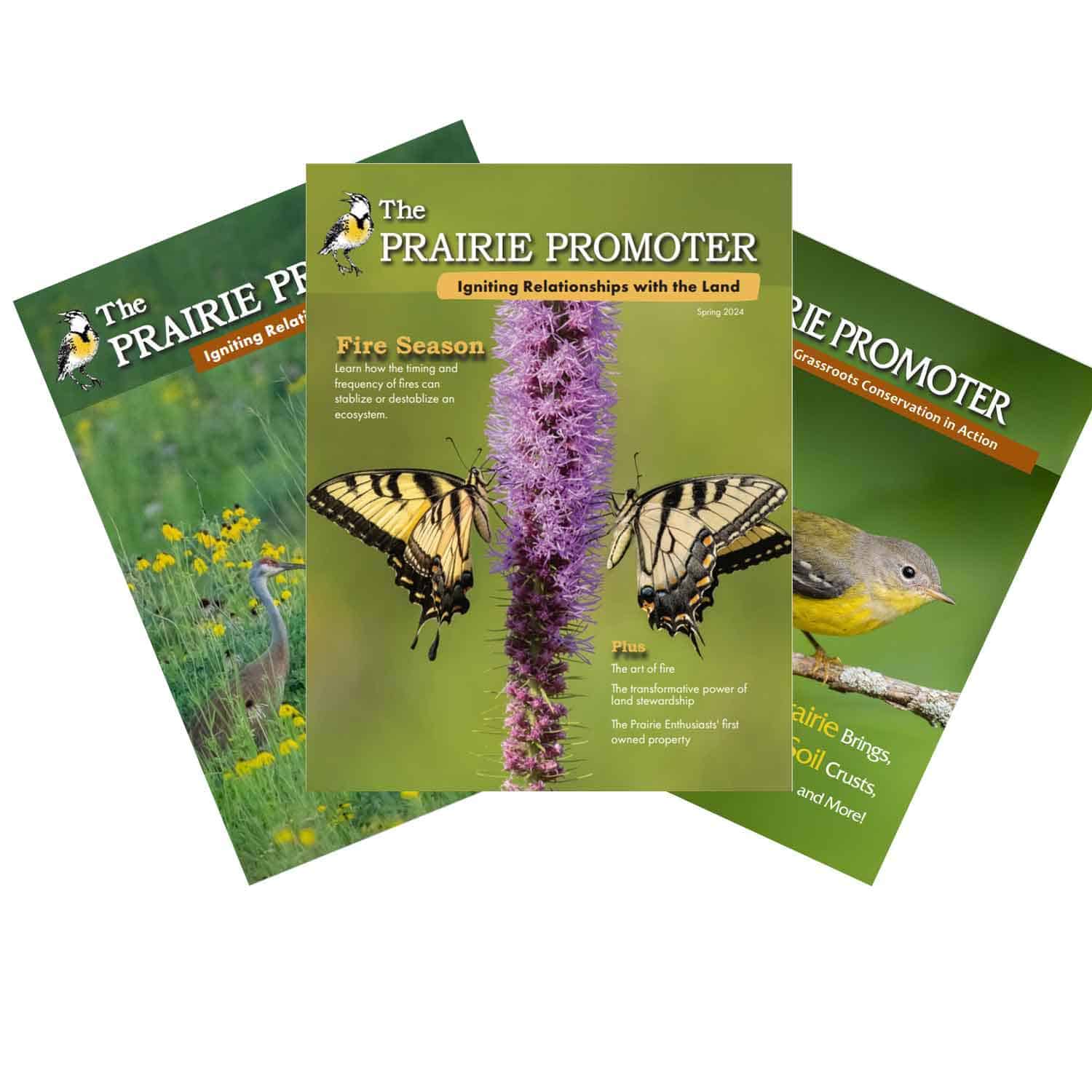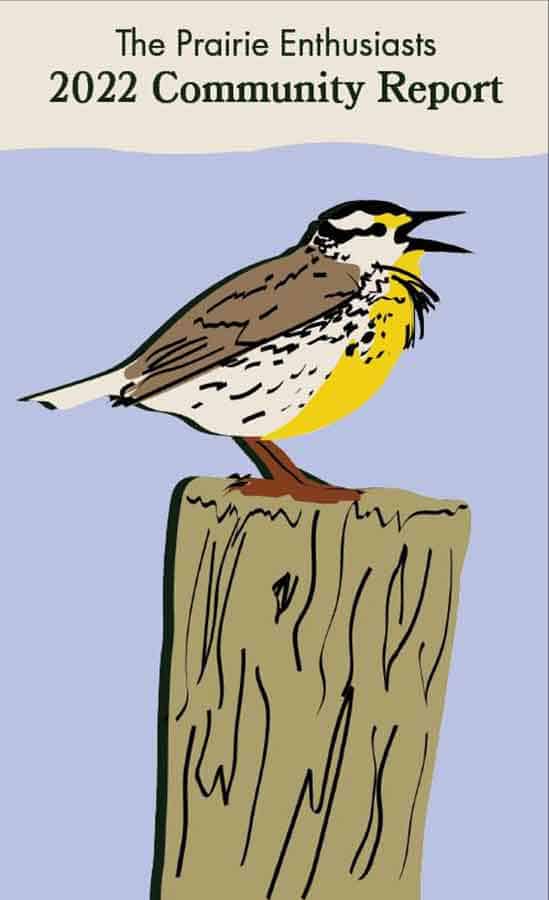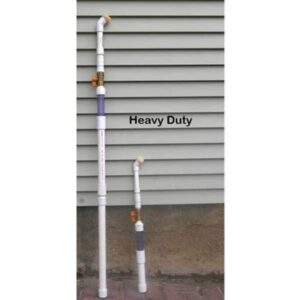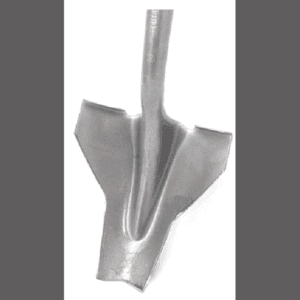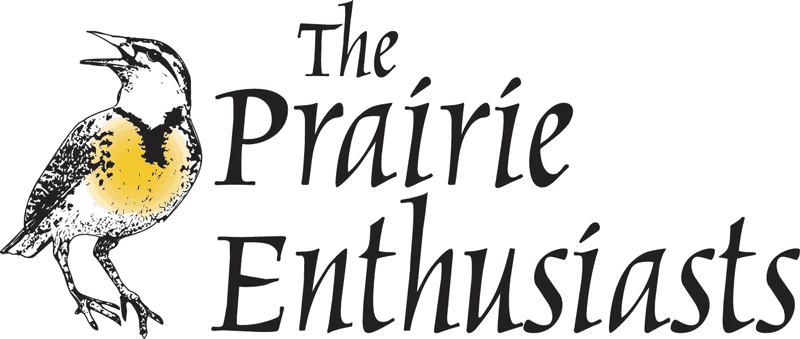Who We AreSylvie Rising Operations Assistant...

Sylvie_Rising
Who We Are

Raised in Viroqua, WI, Sylvie has always loved the Driftless Area. She graduated from UW-Madison with a degree in Personal Finance and went on to work in the financial planning industry. After this, she had experiences working at The University of Texas Law School as a Program Coordinator and with children in a Children’s Shelter and at a Montessori Preschool. She was always interested in nonprofit work and hoped she would find her way there, so she is so excited to be a part of The Prairie Enthusiasts! When she is not at work you can find her spending time with family and friends and enjoying the outdoors.

David_Myers
Who We Are

David has spent most of his career working in publishing and project management, but has always enjoyed a deep love and respect for the land. After learning about The Prairie Enthusiasts, he was determined to find a way to contribute to the protection and restoration of natural ecosystems. David started at the Prairie Enthusiasts in 2024, and has always been interested in new and effective ways for people to share their knowledge.

Cassidy_Coulson
Who We Are

A lover of beauty and the Driftless area, Cassidy joined The Prairie Enthusiasts in 2024. Her professional background is in English education and child development, and most recently gained hands-on experience in coffee production. She was drawn to The Prairie Enthusiasts for their reverence of natural ecosystems and wanted to be a part of the tangible work they do. When she’s not a busy bee at work, she can most likely be found at the dog park soaking up some pupply love.

People_Khris_Miller
Who We Are

Khris joined The Prairie Enthusiasts to make a difference for “our beautiful planet Earth” after spending much of her career in the for-profit sector. Trained as an educator, her love of learning and teaching has allowed her to grow and help others succeed as well. She is a creative problem solver and resourceful support for our chapters and members. Khris and her husband relocated to the Driftless region in 2018, where they are learning to be stewards of the land. She enjoys hiking, snowshoeing, and horseback riding.

People_Nate_Lee
Who We Are

Nate moved to the Driftless Area in 2020 to get away from city life and be closer to nature. After discovering The Prairie Enthusiasts, he quickly recognized his values closely aligned with their mission and was eager to join the team. His background includes wildland firefighting, operations management, permaculture, and anthropology. When he’s not in the office you can find him working on his farm, where he practices regenerative agriculture.
